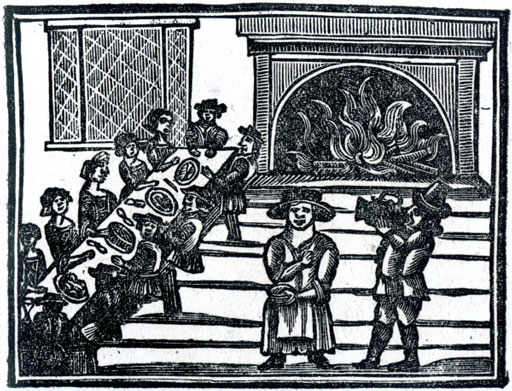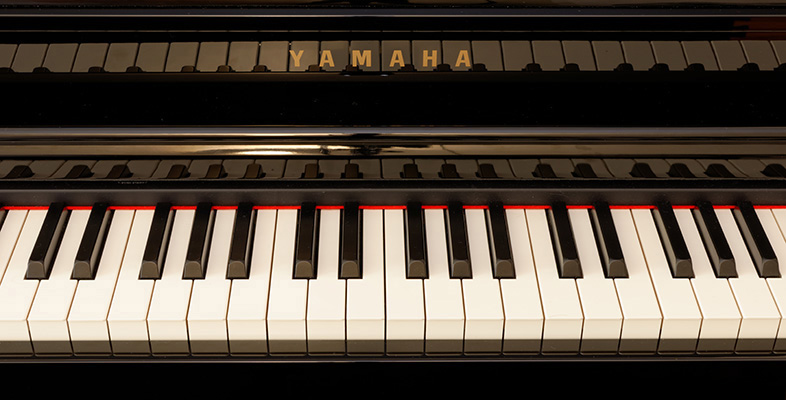2.2 Databases
All digital humanities projects use databases of some sort. These may vary in their content and the way they can be interrogated, but they are all based on the idea of assembling a large body of digitised data that can then be subjected to whatever processes its designers choose. These can be used for research, but also to provide answers for everyday musical questions. For example, the Aria Database [Tip: hold Ctrl and click a link to open it in a new tab. (Hide tip)] is a practical tool used by singers and others working in the world of opera.
The allegro Catalogue of Ballads is part of the Broadside Ballads Project at the University of Oxford’s Bodleian Library, and aims to make original documents available to researchers through digitisation.
As the website explains:
Broadside ballads were popular songs, sold for a penny or half-penny in the streets of towns and villages around Britain between the sixteenth and early twentieth centuries. These songs were performed in taverns, homes, or fairs – wherever a group of people gathered to discuss the day’s events or to tell tales of heroes and villains. As one of the cheapest forms of print available, the broadside ballads are also an important source material for the history of printing and literacy. Lavishly illustrated with woodcuts, they provide a visual treat for the reader and offer a source for the study of popular art in Britain.
(Bodleian Library, 2011)

